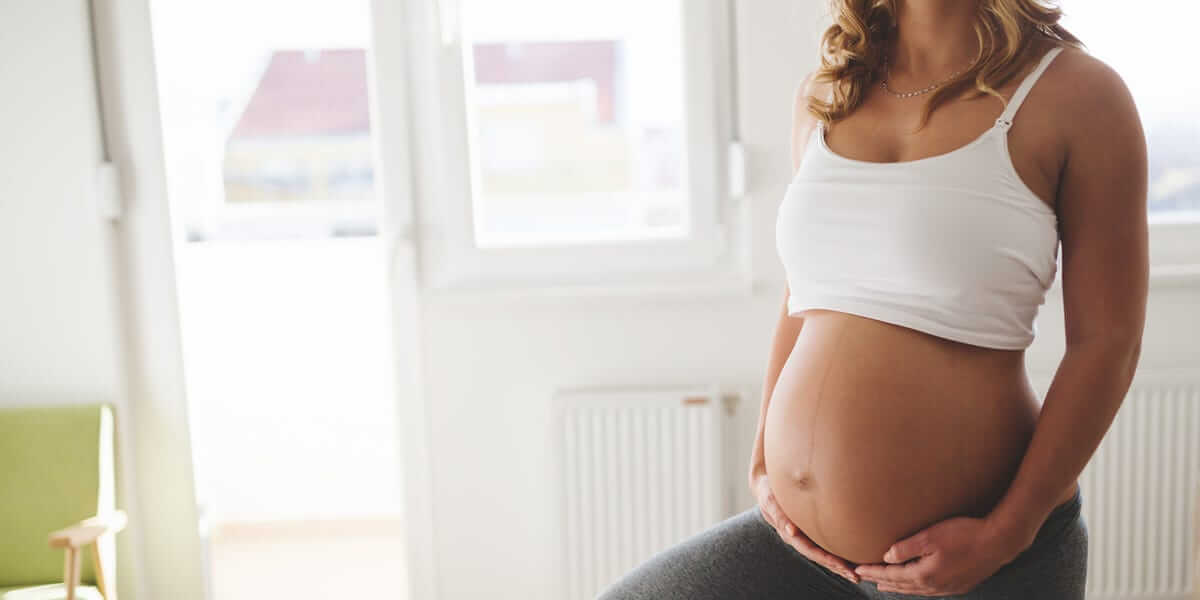Exercise After Giving Birth-New Mother Guide to Getting in Shape
New mothers that are anxious to get back to exercise and get rid of their left over pregnancy fat do not have to wait long before beginning to exercise. Granted, you may not have much time, but physically it is not harmful to start exercising even two to three days after the baby is born. Exercise after giving birth is one of the best things you can do for yourself. Follow these tips to safely get started.
Benefits of exercise after giving birth:
Regular exercise after pregnancy can:
- Promote weight loss, particularly when combined with reduced calorie intake
- Improve your cardiovascular fitness
- Strengthen and tone abdominal muscles
- Boost your energy level
Staying physically active can also help:
- Relieve stress
- Promote better sleep
- Reduce symptoms of postpartum depression
Better yet, including physical activity in your daily routine helps you set a positive example for your child now and in the years to come.
Exercise after giving birth and breast-feeding
Moderate exercise isn’t thought to affect breast milk volume or composition, or your baby’s growth. Some research suggests that high-intensity exercise might cause lactic acid to accumulate in breast milk and produce a sour taste a baby might not like, but this is likely rare.
If vigorous exercise is a priority during the first few months of breast-feeding, consider feeding your baby before your workout or pumping before your workout and feeding your baby the pumped breast milk afterward. Alternatively, exercise first and then take a shower, express a few milliliters of breast milk and, after a half-hour or an hour, offer the breast.
When to start
If you had an uncomplicated pregnancy and vaginal delivery, it’s generally safe to begin exercising a few days after giving birth or as soon as you feel ready. If you had a C-section, extensive vaginal repair or a complicated birth, talk to your health care provider about when to start an exercise program or supplements for weight loss.
Physical activity goals
For most healthy women, the Department of Health and Human Services recommends at least 150 minutes a week of moderate-intensity aerobic activity — preferably spread throughout the week — after pregnancy. Consider these guidelines:
- Take time to warm up and cool down.
- Begin slowly and increase your pace gradually.
- Drink plenty of fluids.
- Wear a supportive bra, and wear nursing pads if you’re breast-feeding in case your breasts leak.
- Stop exercising if you feel pain.
Pelvic Exercises
The pelvic floor is a sling of muscle and fibrous tissue which supports the contents of the pelvis. During pregnancy the pregnancy hormones as well as the weight of the baby weaken the pelvic floor. The birthing process itself also stretches and weakens the pelvic floor. It is important for this muscle to recover in order to support the other pelvic organs.
- Pelvic tilt. Try the pelvic tilt a few times a day to strengthen your abdominal muscles. Lie on your back on the floor with your knees bent. Flatten your back against the floor by tightening your abdominal muscles and bending your pelvis up slightly. Hold for up to 10 seconds. Repeat five times and work up to 10 to 20 repetitions.
- Kegel exercise. Use this exercise to tone your pelvic floor muscles, which support the uterus, bladder, small intestine and rectum. When practiced regularly, Kegel exercises can help reduce urinary and anal incontinence. Contract your pelvic floor muscles, as if you’re attempting to stop urinating midstream. Hold for up to 10 seconds and release, relaxing for 10 seconds between contractions. Aim for at least three sets of 10 repetitions a day. Avoid Kegel exercises when urinating.
- Happy baby yoga pose. Your pelvic muscles can tighten and become painful after childbirth. This yoga pose can help relax and gently stretch your muscles to relieve pain. Lie on your back and bring your knees toward your chest. Open your knees slightly wider than your hips. Keeping your arms on the inside of your knees, use your hands to hold onto the outside of your feet or ankles. Bend your knees so that the bottoms of your feet face upward and gently pull your feet downward to lower your knees toward the surface. Focus on relaxing your pelvic muscles as you work toward holding this pose for about 90 seconds.
How to Get Abs Fast
The abdominal muscles are also weakened during pregnancy. Weakened abs can lead to poor posture and a strained back. It is very important to also work these muscles after you have had a baby in order to gain core strength and get back to your post baby weight and shape as soon as possible. Abdominal exercises such as sit ups should not be done until at least 12 weeks after giving birth, but gentler pelvic exercises are perfectly safe.
One of the best exercise after giving birth is the Pelvic Rock. Start by lying on your back with your knees bent and feet flat on the flood. Tighten your tummy muscles and move your pelvis in a rocking movement so that your lower back is flat on the floor. Next move it up again so that your lower back comes off the floor and your pelvic is tilted upwards. Repeat this again multiple times.
Exercise after child birth will not only get you back into shape but it will also help to heal your body quicker than just sitting around will. Exercise gets the blood flowing so that it can heal those areas which need it most. Always consult your doctor before beginning any exercise after having a baby, especially if you have had a Cesarean.



